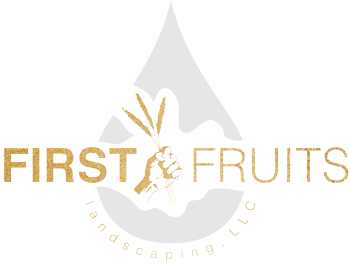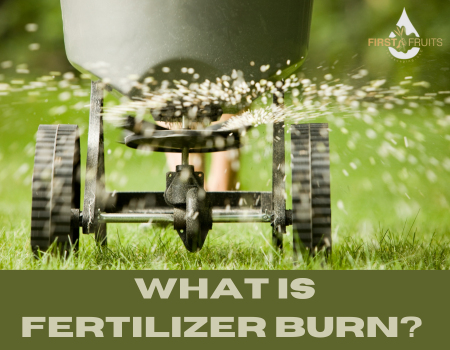Most homeowners dream of a lush, full, and green lawn which is often achieved from regular care and maintenance; however, fertilizer burn could cause your once healthy lawn to die off with dead brown patches. Fertilizer as a whole is a great recourse to use to keep your lawn thriving, packed with nutrients, it helps feed your lawn. However, even though it’s a “good” thing, there can be too much of it.
Within most fertilizers you can find essential elements for lawn and plant care such as nitrogen, potassium, salts and nitrogen, and when applied correctly, these components work together to release nutrients into your lawn. However, if applied too often or in large amounts, the excess salts can cause dehydration to your plants and grass which leads to dead patches and ultimately, fertilizer burn.
Signs of Fertilizer Burn
There are a few different signs of fertilizer burn, and if identified in time, luckily you can try and take a few proactive steps to fix the damage the fertilizer has done. Keep your eyes peeled for these signs:
- Dying Plants
- Burnt or “Scorched” Leaves
- Wilting and Curling Leaves
- Slow or Stunted Plant Growth
- Brown and Yellowing Leaf Edges
You likely won’t see all of these signs at once, and they often start small, so regular maintenance and monitoring are key in making sure your landscaping stays healthy.
Fixing and Avoiding Fertilizer Burn
There are a few different ways you can try to heal your damaged plants or land from fertilizer burn:
- Stop fertilizing as soon as you see signs of damage and don’t fertilize again until your lawn has fully recovered from any previous damage.
- Prune away and damaged or dead leaves so your plants can try and promote new growth and healing instead of diverting energy to the dying areas.
- Shade is your best friend when it comes to fertilizer burn so make sure any damaged plants and areas have ample shade while the area tries to recover.
- Make sure to give your plants or lawn ample water. By watering generously and regularly you can help try and dilute the salts, this process is called leaching the soil.
- Patience is the ultimate key. Fertilizer burn takes time to heal, and you won’t notice a change overnight, so make sur to give your landscaping plenty of time to recover.
The above tips are great to try and heal your landscaping and promote new and healthy growth, however trying to make sure you have regular maintenance and care in place is a great way to try and prevent fertilizer burn from happening.
- Choosing the right fertilizer is key. Try and opt for a slow-release fertilizer so the nutrients are released slowly, giving your plants and lawn time to soak in the nutrients at their own pace.
- Make sure you spread fertilizer evenly to avoid any fertilizer burn patches. Generally, a seed spreader is the best choice for spreading fertilizer as it helps ensure that it is spread evenly and helps eliminate the risk of one area receiving too much fertilizer which ultimately leads to fertilizer burn.
- Proper time is key. Each fertilizer and climate have its own timeframes for fertilization. Make sure to follow the instructions of the fertilizer you choose to ensure it is being spread at the right time of year.
- Your plants should be in great health prior to fertilizing. Stressed plants shouldn’t be fertilizer as it causing additional stress for the plants and landscape. Plants or lawns that are suffering from drought, disease, or high temperatures need time to recover prior to being fertilizer.
While some fertilizers seem simple to use, there is a lot that goes into proper lawn care. When in doubt, hiring a professional landscaper to help keep your landscaping looking its best all year lawn is key! Feel free to contact our team of professional today to get your landscaping looking its best!

